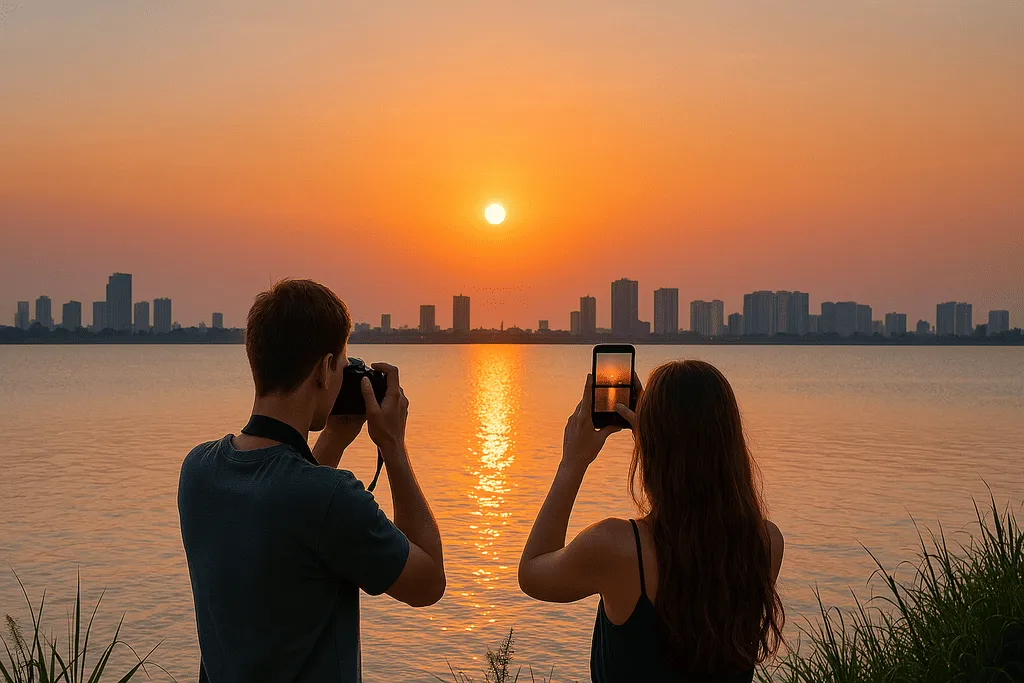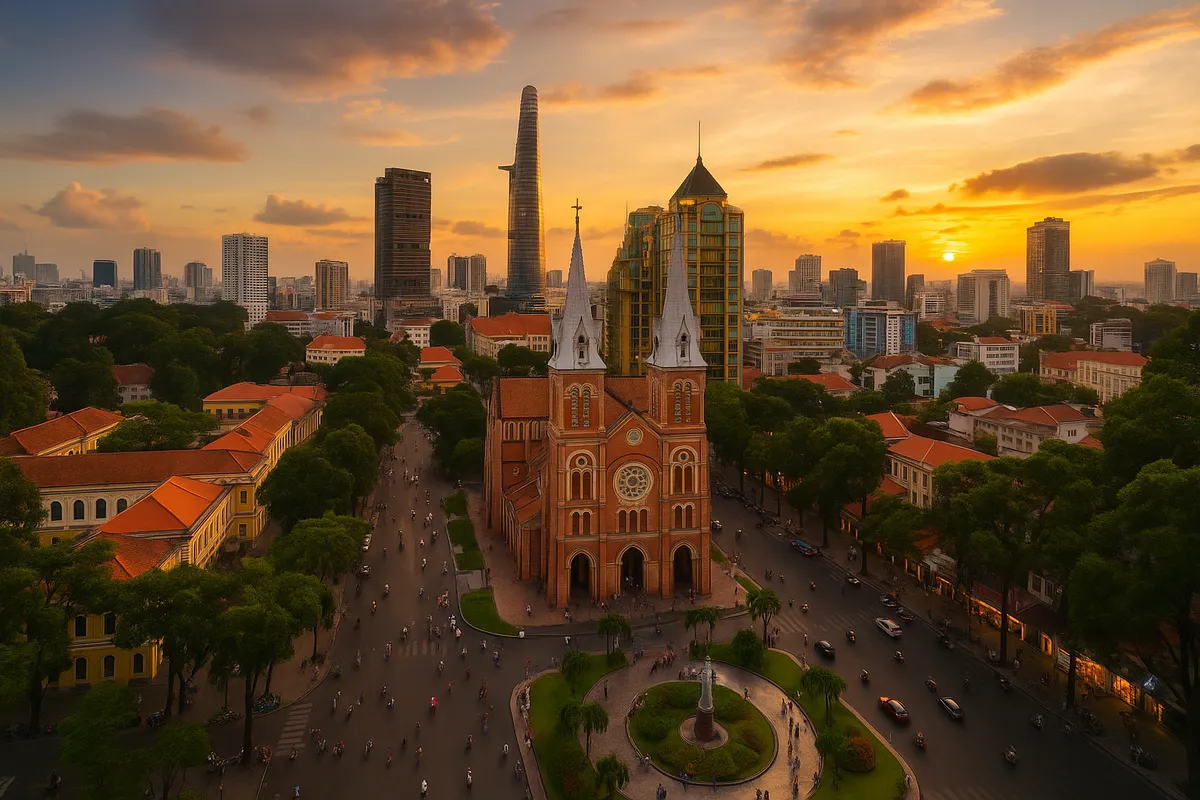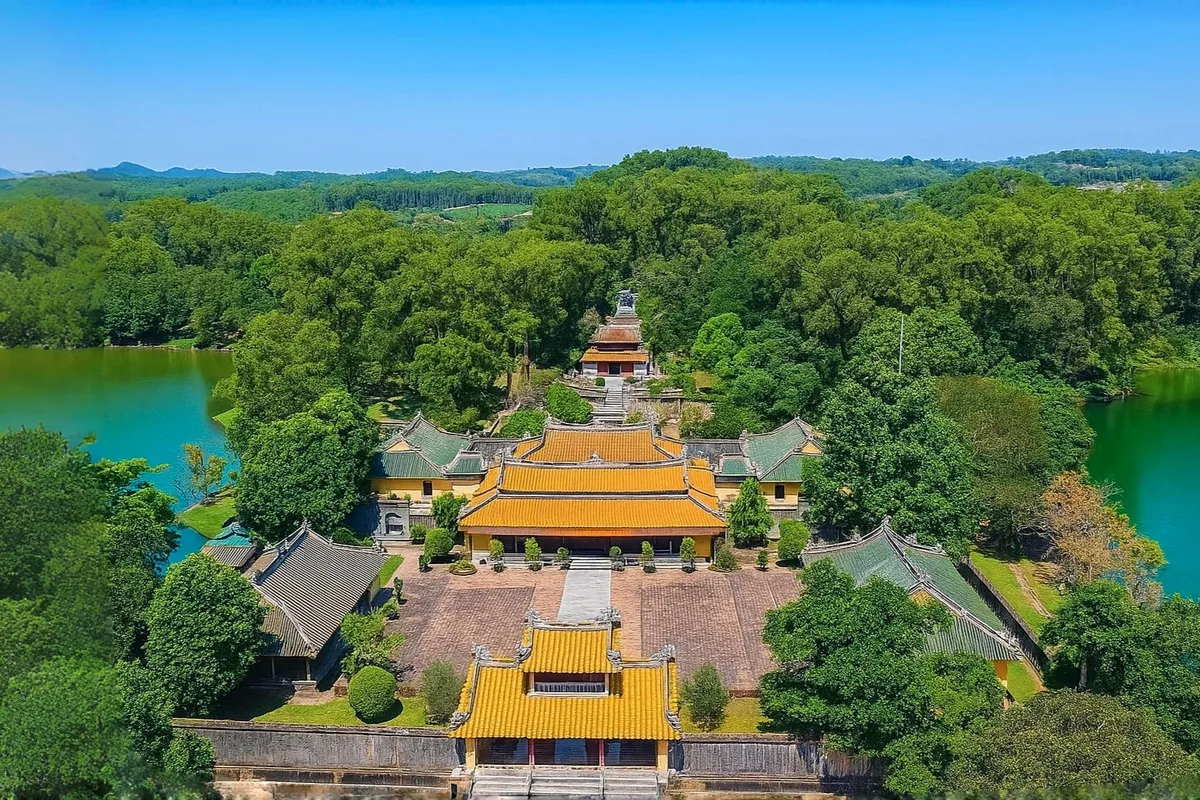Night flights to Phu Yen and plans to stir up tourism
- Thursday, Jun 12, 2025, 14:09 (GMT+7)
Night flights to Phu Yen and plans to stir up tourism
The launch of night flights to Phu Yen, scheduled to begin in July 2025, is being positioned as a strategic move to boost visitor traffic to this central coastal province and address the longstanding issue of low tourist arrivals during the off-season. This initiative, led by Vietnam Airlines in cooperation with the Phu Yen Department of Culture, Sports and Tourism and the provincial Tourism Association, has garnered significant attention from both tourism professionals and the broader travel community.
According to the airline’s official announcement, the flights will operate between 9 PM and 7 AM, accompanied by promotional packages offering up to 80 percent discounts on accommodation or a free night’s stay for passengers choosing the nighttime schedule. This model has proven advantageous in other locations, helping travelers save time during the day, reducing congestion at airports, and spreading tourist arrivals more evenly throughout the week in destinations with pronounced seasonality.
Binh Dinh province offers a relevant comparison, having implemented a similar model with positive initial outcomes. During a recent holiday period, Phu Cat Airport recorded an average of 14 flights per day, serving around 14000 passengers, representing a 15 percent increase over the same period last year. The average length of stay increased, and revenue from accommodation and dining services in Quy Nhon and surrounding areas rose notably. The introduction of nighttime events, beachside tours, and street performances contributed to a higher retention rate, encouraging visitors to extend their trips rather than making brief day visits.
However, in the context of Phu Yen, the effectiveness of night flights requires a more comprehensive evaluation beyond flight frequency or ticket sales. Unlike Quy Nhon, Tuy Hoa city remains limited in terms of nighttime tourism infrastructure. Few services operate after 10 PM, tourist attractions are not accessible at night, and entertainment options are mostly confined to central hotels. Attracting travelers with a night flight without providing a corresponding experience may lead to disappointment and will likely fail to increase overall spending.
A summer 2023 survey involving more than 200 travelers from northern provinces and Ho Chi Minh City revealed that Phu Yen’s strengths lie in its unspoiled nature, long coastline, tranquil atmosphere, and affordable prices. However, satisfaction ratings for night transportation, service variety, and entertainment options outside of daytime hours were average or low. This highlights a critical gap. Without upgrades in nighttime experiences and infrastructure, night flights alone cannot fulfill their intended role.
Additionally, data from platforms like TripAdvisor, Google Maps, and travel communities such as Viet Nam Oi and Checkin Vietnam indicate a growing preference among young travelers for in-depth and immersive experiences. They are not only looking to visit new places but are seeking memorable activities when cities light up. Night biking at Ganh Da Dia, strolling through Tuy Hoa night market, listening to acoustic music at seaside cafes, or attending light shows are recurring desires voiced by tourists. Yet there are few services currently available to meet them.
From a planning and sustainability perspective, increasing tourist volume through unconventional flight schedules also imposes environmental and community pressure. A sudden influx of visitors without adequate waste management systems, transportation infrastructure, or public safety measures may lead to overcrowding, spatial conflict, and increased coastal pollution. Lessons from other central destinations such as Cu Lao Cham, Bai Xep, or Thanh An highlight how unchecked growth can erode the very qualities that once attracted visitors.
Moreover, implementing night flights should be an integral part of a well-thought-out place marketing strategy. Research from the Institute for Tourism Development Research suggests that destination branding today hinges not merely on natural assets or historical sites but on creating a distinct experiential identity. Phu Yen needs a unified message. Beyond the famed yellow flowers on green grass, the destination must offer authentic nighttime experiences connected to local culture and everyday life.
Focusing solely on price-based incentives for flights and accommodation without improving the overall travel experience may reduce this initiative to a short-term marketing campaign with limited depth. Several destinations have seen strong initial results from night flight programs only to face declines shortly after when repeat visitors failed to find anything new. The key lies not in flight schedules or discounts but in the ability to build comprehensive travel products around them.
One viable solution is to develop a seasonal event series tailored to nighttime hours such as light festivals, street food fairs, Cham culture nights, and coastal book markets. These events can provide both reasons for extended stays and organic branding opportunities. Simultaneously, investing in nighttime landscape lighting, digital navigation maps, smart parking systems, and airport-to-city shuttle combos during late hours will make the experience more convenient and secure, thereby increasing repeat visits.
Several tour operators are currently developing night tour routes connecting Phu Yen with nearby destinations such as Tuy An, Dong Hoa, and Mui Dien, the easternmost point of Vietnam known for sunrise viewing. These tours, involving overnight stays at beachfront homestays or scenic hotels, help optimize travel time while boosting consumption within the local tourism economy.
In the current tourism landscape, a night flight strategy should not be seen merely as an operational adjustment in aviation but rather as a measure of a destination’s capacity for holistic growth. This demands coordinated efforts among local authorities, hospitality providers, transport services, and community stakeholders. For Phu Yen, it offers a rare opportunity to reframe its tourism value chain and emerge as a prominent new name on the central coast travel map. It can become a place not just to visit but to stay.
The real question is not how to get travelers to arrive at night but how to make nighttime in Phu Yen unforgettable. From economic, social, and environmental standpoints, this strategy, if implemented with foresight, could mark a transformative step in repositioning the province from a stopover to a sought-after twenty-four hour destination. It is not a race to open flights quickly but a long-term test of value creation and destination stewardship.

 CHECKIN.VN
CHECKIN.VN








Share on